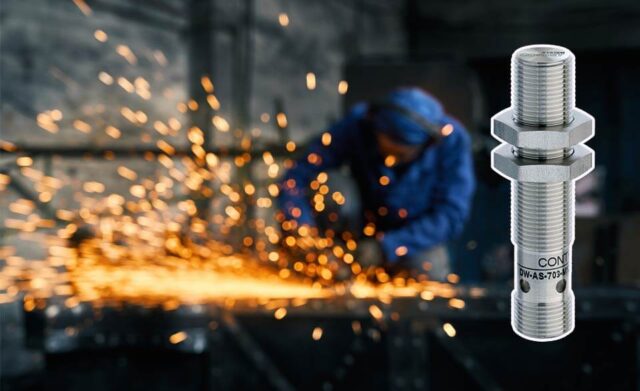Comprehensive Guide to Sensors Operating in High-Temperature Environments

Course Content
Introduction
-
The significance of accurate sensing in extreme temperature conditions
00:00 -
Overview of the eBook’s comprehensive coverage of high-temperature sensor technologies
00:00